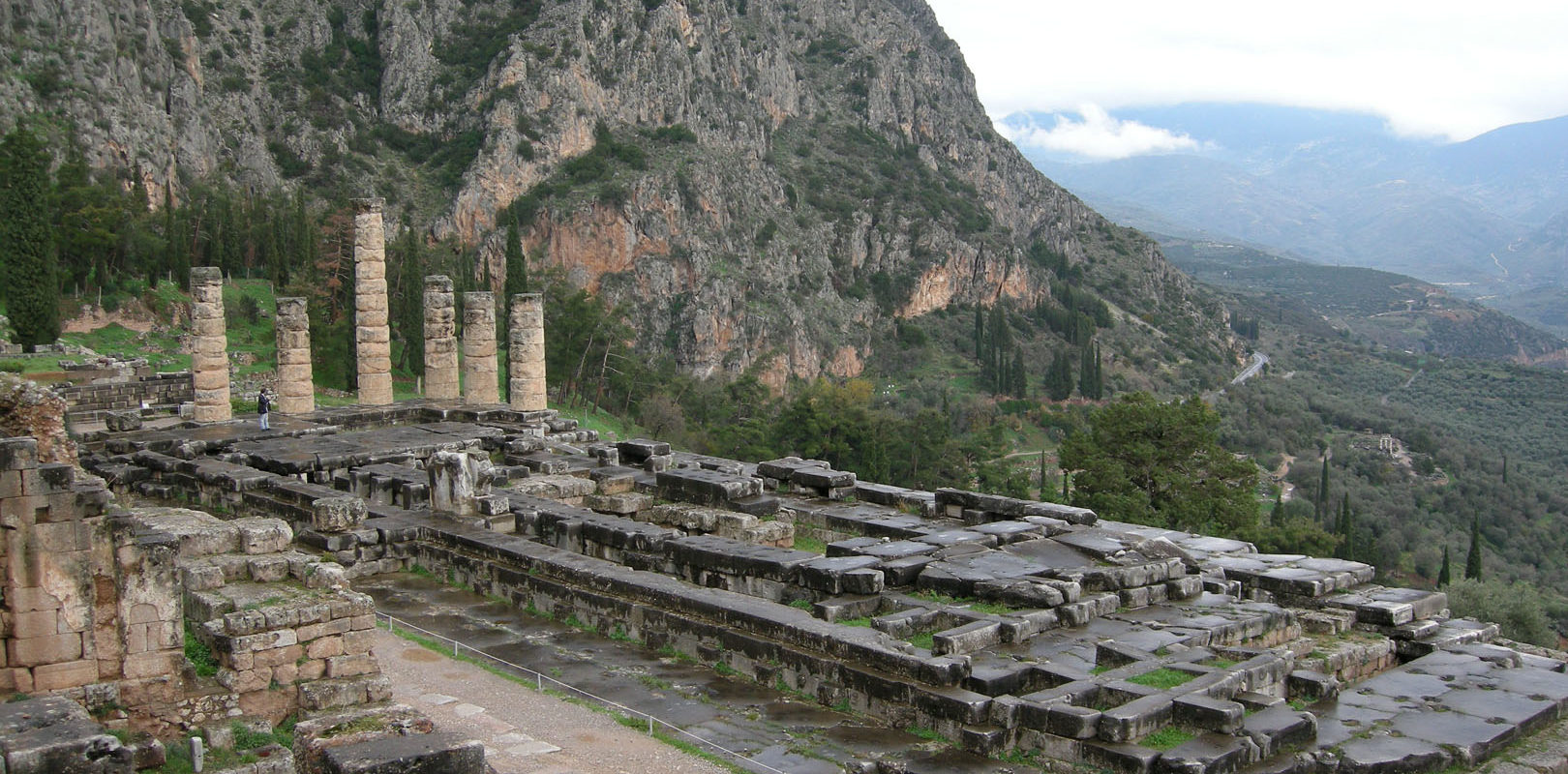What’s in a name? Settle in for a quick history lesson and learn the origins of Ron’s company, Croesus Mining.
Most of my life was spent living in Croesus Street, Kalgoorlie. The street was named after Croesus, the king of Lydia (now western Turkey) back around the 4th century BC. Now I find myself living in South Perth directly across from St Columba’s Church, named after St Columba who died on Iona exactly 1,404 years ago today.
The link between Croesus and St Columba? They were both early dabblers in the paranormal and if alive today would no doubt be avid watchers of the long-running X Files, the television show devoted to the pursuit of paranormal phenomena. St Columba is best known for bringing Christianity to Scotland. His other claim to fame is that he is the first person to have made the acquaintance of the Loch Ness monster. Allegedly, that is as we only have the word of his biographer Adomnán and a more recent UK researcher Robert Matthews. This remarkable encounter, and the details are decidedly ambiguous. Even so, it gives the lie to the oft-repeated claim that Nessie was nothing more than a cynical plot cooked up by the Scottish Tourist Board to drum up trade in the 1930s. Cynical ploy or not, it is a story far older than most people think.
In a research document by the above mentioned Robert Matthews, he points out that cynics like to claim that the concept of “flying saucers” is nothing more than an outbreak of copy-cat lunacy that began in 1947. Yet Pliny the Elder includes a description of such objects in his Natural History of the first century AD, while the 12th century chronicler William of Newburgh describes a vivid description of two aliens appearing in East Anglia.
The first-ever investigation into the paranormal dates back more than 2500 years, according to the Greek historian Herodotus. He reports that around 550 BC, King Croesus of Lydia was being threatened with attack by Cyrus in neighboring Persia. Lacking anything like orbiting space satellites, Croesus did the 6th century BC equivalent, and sought military intelligence from an oracle. As there were any number of oracles claiming to give good advice, Croesus decided to carry out a test on seven of them. He sent envoys to put the same question to the oracles 100 days after their departure. The question was: What is the King of Lydia doing today?.
Croesus made a point of spending the day cooking a lamb and tortoise stew in a bronze kettle, an unusual occupation for a king, and thus a good way of eliminating those who might guess at, say, lolling around with a concubine. According to Herodotus five of the seven oracles were wrong by a mile, while the Oracle of Amphiaraus got close. Only Pythia, Priestess of Apollo at the famous Oracle of Delphi was spot-on, prompting Croesus to turn to her for advice. Unhappily for the king, things went decidedly pear-shaped from then on. Croesus asked whether he should go and fight Cyrus on his own territory, the Oracle gave a characteristically cryptic answer: When Croesus has the Halys crossed, a mighty empire will be lost. Croesus attacked, and sure enough, a mighty empire was lost – Croesus’s Lydia.
So what brings me to be studying such esoteric matters, when I claim to be fully occupied?
One of the long-term shareholders in Croesus Mining, Dr Don Maund has just sent me a postcard right from the Delphi Temple itself, to prove that it is still standing and accurately predicting the significant gold price rise that has just proved so welcome.

1 Comment
[…] why pick a name like Croesus, a word that very few could pronounce let alone spell? Croesus was the King of Lydia, now Western […]